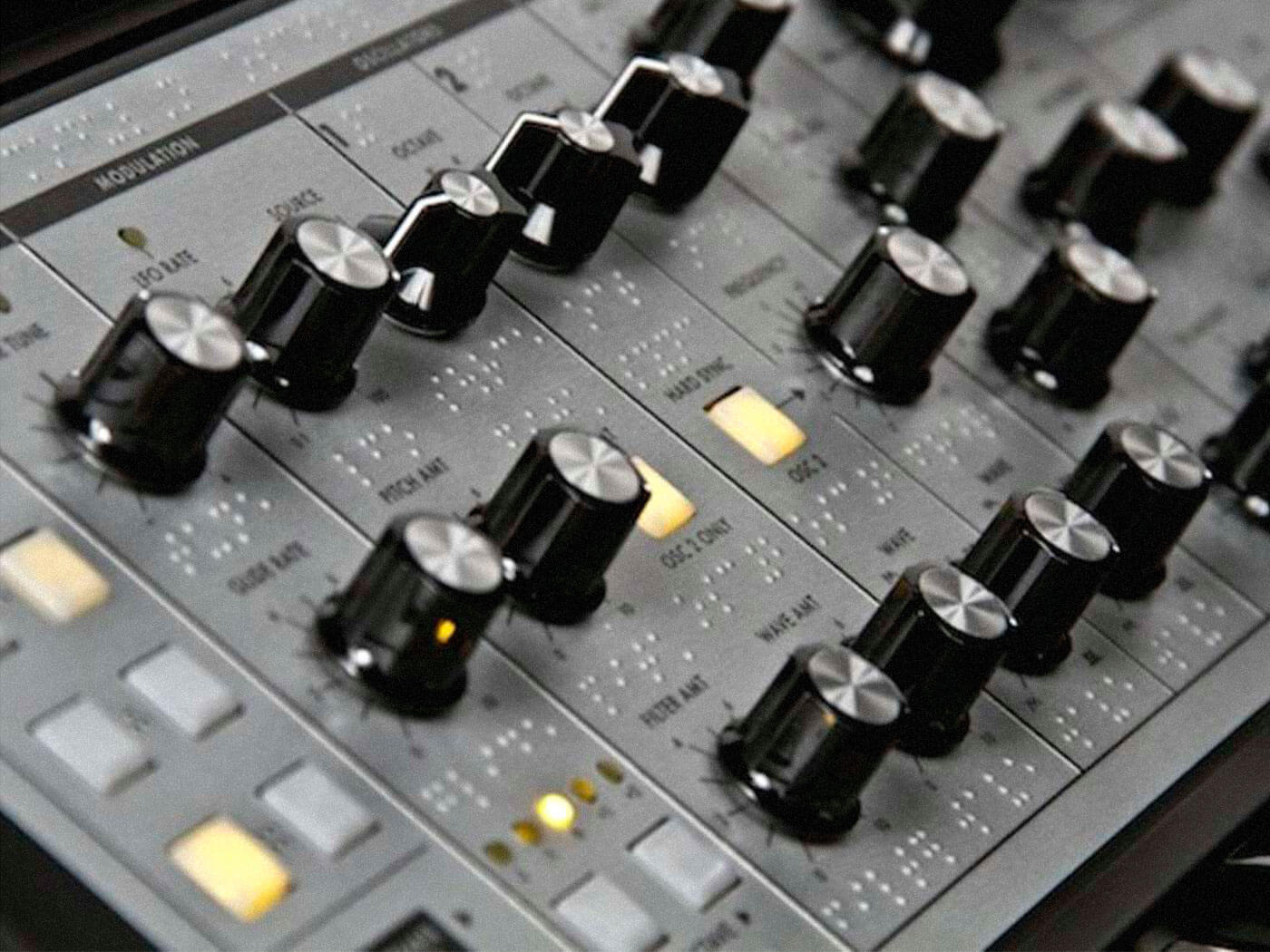Musicians with disabilities voice their challenges with synths and music gear: “It’d be awesome if devices had HDMI out”
A common issue is the small screens that synth manufacturers implement on their synths.

Image: Moog Music
Inclusivity is a burgeoning consideration for tech manufacturers. In recent years, companies have made developments in accessibility tools for smartphones and gaming – but what about synthesizers?
In a thread on Reddit’s r/synthesizers community, musicians with disabilities gathered to offer their perspectives – gripes, barriers and solutions – on the modern music-making experience.
In particular, visually impaired users expressed the cumbersome nature of screen-based instruments.
“The biggest impediment is not so much menu diving, but the screens,” explained user Daphoid. “There’s a couple really popular OLED screens (Arturia Microfreak, Dreadbox Typhon, etc) that – while really bright and detailed – are just too small to read without serious magnification.[sic]”
External display support, the user said, would make a significant difference. “It’d be awesome if devices had HDMI out so you could just use a monitor […] a standard where ‘connect it via USB and view the screen in [Google] Chrome’ would be amazing.”
Another producer suffering from dysgraphia – a condition that affects fine motor skills – shared their challenges. “I find that really small knobs are not the most fun to use for long periods. I do no input mixing, and when I use a small mixer like the Samson MixPad 6, I find myself not spending as much time with it as I’d like too.”
Elsewhere, a user with T3 spinal cord injury and who lost control of their feet, praised Roger Linn Design for offering special prices for musicians living with disabilities.
“I wound up buying a Linnstrument,” wrote the user, krunchytacos. “Coming from primarily using the bass, it just seemed like a good fit to continue on with my musical journey. It has easily accessible buttons to toggle footswitch capabilities. The flat layout with a bit of a base to rest my palm, works out perfect for me.”
Synthesizers seem to be an accessible form of musical expression for those who aren’t able to learn other traditional instruments.
In 2019, Moog introduced its first instrument for the visually impaired: the Sub Phatty with a braille overlay, which the brand said was inspired by watching Stevie Wonder perform. Could we see more companies follow suit?